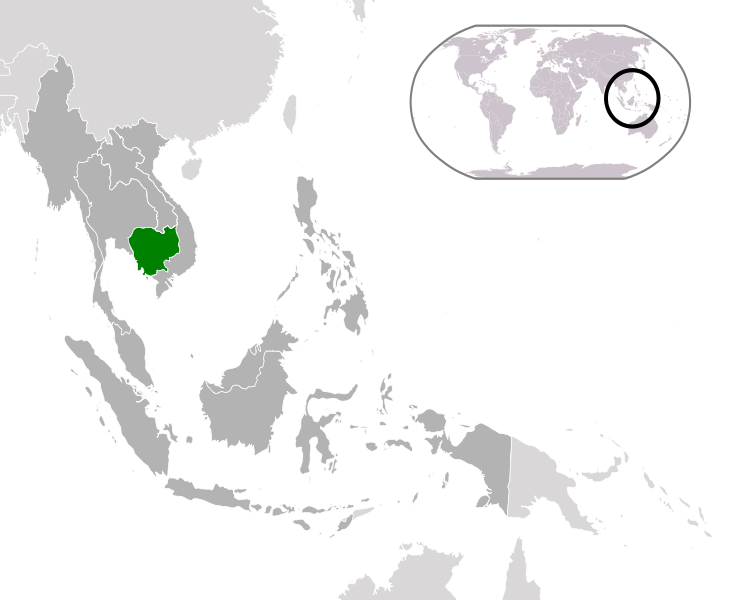Habitat
.png) As Echinostoma revolutum ages, its new size and body acclimates to
different habitats. The egg of an Echinostoma revolutum can be
found in freshwater habitats (Kanev 1994). Once the egg hatches
and the Echinostoma revolutum is a little larger, it inhabits
in an intermediate host such as the body of a snail or a
frog (Kanev 1994). What happens next is that humans, mammals, or
birds eat a raw snail or frog. This is when the infection of
Echinostoma revolutum is planted into the human, bird, or
mammal’s body. Although the bird is most likely to ingest snails
or frogs, humans also have the possibility and since the adult
Echinostoma revolutum can be found in the human body, it can be
transferred to nearly any place on the earth that the human can
go to. As you can see, Echinostoma revolutum uses
species from both aquatic and terrestrial environments to
complete their lifecycles.
As Echinostoma revolutum ages, its new size and body acclimates to
different habitats. The egg of an Echinostoma revolutum can be
found in freshwater habitats (Kanev 1994). Once the egg hatches
and the Echinostoma revolutum is a little larger, it inhabits
in an intermediate host such as the body of a snail or a
frog (Kanev 1994). What happens next is that humans, mammals, or
birds eat a raw snail or frog. This is when the infection of
Echinostoma revolutum is planted into the human, bird, or
mammal’s body. Although the bird is most likely to ingest snails
or frogs, humans also have the possibility and since the adult
Echinostoma revolutum can be found in the human body, it can be
transferred to nearly any place on the earth that the human can
go to. As you can see, Echinostoma revolutum uses
species from both aquatic and terrestrial environments to
complete their lifecycles.
Echinostoma revolutum is found in
the Americas, Vietnam, Poland, England, Thailand, Germany,
Austria, Bulgaria, Malaysia, England, Russia, and India (Kanev
1994). Also, snails that carry Echinostoma revolutum are found in North America and Eurasia
(Serensen et al., 1997). A study was conducted in June 2007 on
children in lakeside villages in Pursat province in Cambodia
(Chai 2011). This area has about 12,000 people including about
3,500 children living there (Chai 2011). The study
included collecting fecal samples of about 470 children between
the ages of 10-14 years old from four different schools in the
Pursat province (Chai 2011). Once the fecal samples were
collected, within two to three days, the fecal samples were sent
to Malaria station in Pursat where they were stored at 4⁰C until examination (Chai 2011). A total of 17.4% of
the samples were positive for parasite eggs, echinostomatid eggs
being the most common (Chai 2011).
The first school tested was significantly higher than the other three schools when tested for echinostomatid eggs. Four children
who tested positive for the echinostomatid eggs that were
experiencing abdominal pain, diarrhea, and discomfort were
selected for treatment with the consent of their parents.
Because echinostomatid eggs can be found in children, it can
also be found in other people who live or visit that area
therefore it can be transferred around the world if not treated
right away.
three schools when tested for echinostomatid eggs. Four children
who tested positive for the echinostomatid eggs that were
experiencing abdominal pain, diarrhea, and discomfort were
selected for treatment with the consent of their parents.
Because echinostomatid eggs can be found in children, it can
also be found in other people who live or visit that area
therefore it can be transferred around the world if not treated
right away.